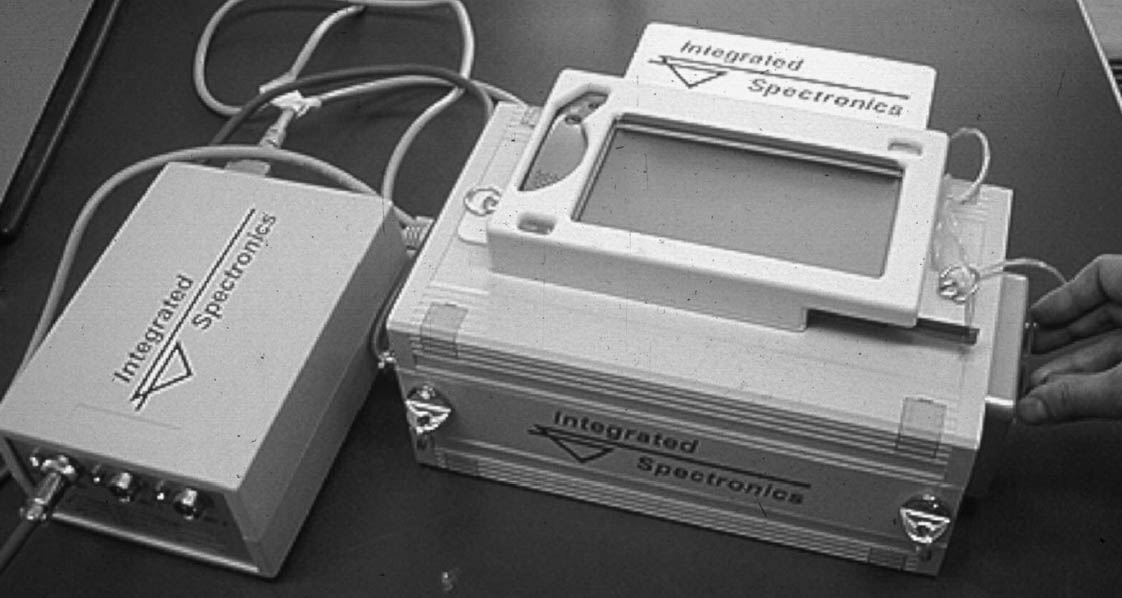USING A PORTABLE SPECTROMETER TO SOURCE ARCHAEOLOGICAL MATERIALS AND TO DETECT RESTORATIONS IN MUSEUM OBJECTSSARAH U. WISSEMAN, THOMAS E. EMERSON, MARY R. HYNES, & RANDALL E. HUGHES
2 PIMA SPECTROSCOPYThe PIMA is an instrument first used by geologists in Australia, the United States, Canada, and South America to locate precious metals, assess ore quality, study the degree of crystallinity of minerals, and map zones of alteration in rocks changed by hydrothermal processes. At the University of Illinois, we are using the PIMA SP manufactured by Integrated Spectronics Pty Ltd., Australia, to study archaeological materials for the first time (Hughes et al. 1998; Emerson and Hughes 2000, 2001; Emerson et al. 2002; Emerson et al. 2003; Wisseman et al. 2002). This shoebox-size instrument can be operated in the field or in a museum setting. It is totally nondestructive; there is no induced radiation damage or sample modification. PIMA spectroscopy provides mineral identification in stone and low-fired ceramic artifacts as well as in candidate stone and ceramic source materials. It is an excellent precursor to standard laboratory analysis by the complementary technique of x-ray diffraction or more costly elemental techniques such as neutron activation analysis. The PIMA requires no sample preparation if a small, preferably flat, surface of the sample can be brought up to the 1 cm diameter window of the instrument (fig. 1). The PIMA uses the SWIR part of the electromagnetic spectrum (1300–2500 nanometers or 7692–4000 cm-1) and measures the reflected radiation from the surface of a sample, part of which will have been absorbed by the sample. These absorption features reveal the interatomic bond energies
The instrument can be held either horizontally or vertically (using a stand) and has settings that compensate for dark samples. One reading takes only 30 seconds, allowing the rapid collection of a large number of analyses. Measurements can be made on whole or partial artifacts, sherds, rock chips, thin sections, powders, and soil and sediment samples and cores. PIMA spectroscopy is also a quick way to get a preliminary, nondestructive assessment of compositional differences between original and restored areas without removing an artifact from its museum setting. |
